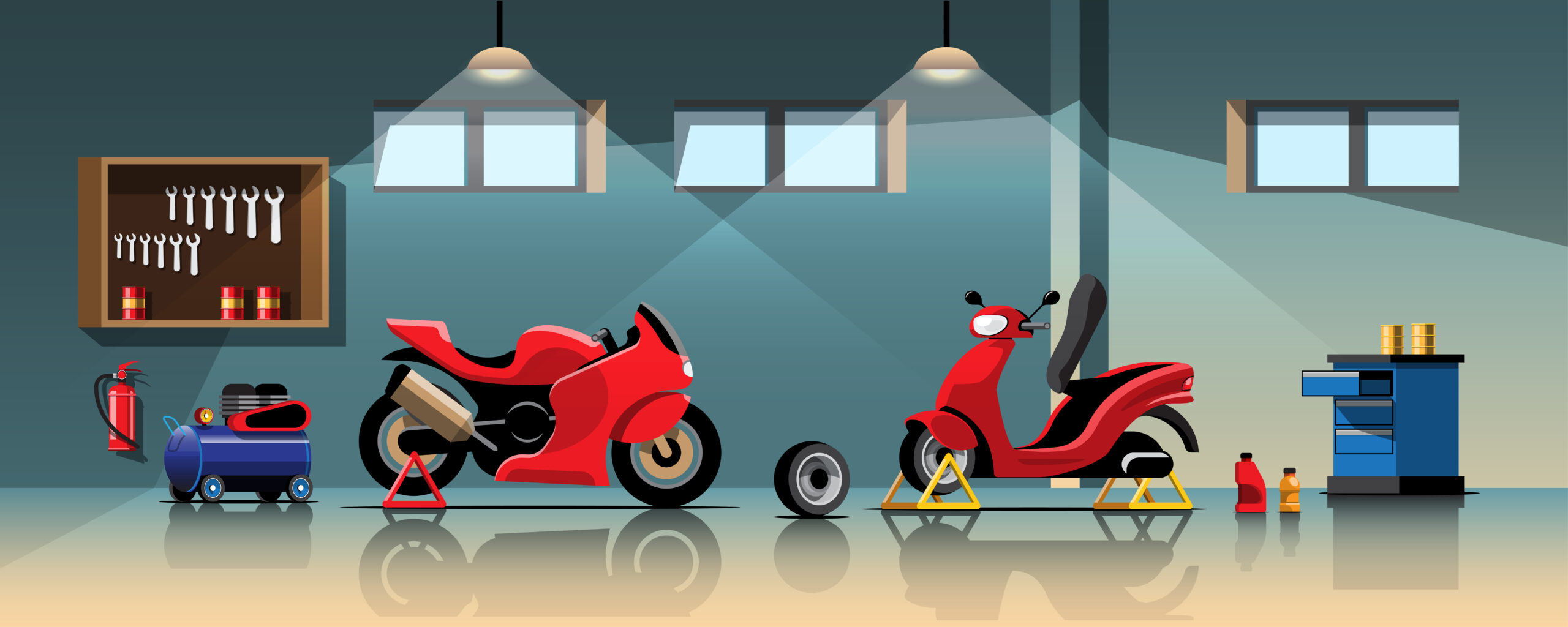Motorcycling is a thrilling and exhilarating activity that attracts enthusiasts from all walks of life. Whether cruising on city streets or tackling challenging off-road terrain, the motorcycle experience is one of freedom, adventure, and speed. However, to ensure both safety and performance, it is essential to consider every part of the motorcycle carefully. Among the most important yet often overlooked components are the motorcycle headlight, front fender, and rear fender. These parts not only contribute to the overall aesthetic and design of the motorcycle but also enhance the safety and comfort of the rider.
In this blog, we will delve into the significance of each of these components, exploring how they function, why they are necessary, and their importance in creating a safer and more enjoyable riding experience. Whether you’re a seasoned rider or new to the world of motorcycles, understanding the critical role of the motorcycle headlight, front fender, and rear fender is essential.
Motorcycle Headlight: More Than Just Illumination
The motorcycle headlight is a critical safety feature that often gets taken for granted. While its primary function is to illuminate the road ahead, its role in ensuring rider visibility and safety extends far beyond that. The motorcycle headlight is not only a tool for seeing at night but also a vital element for making the rider visible to other vehicles on the road, particularly in low-light conditions or adverse weather.
Visibility and Safety
The most obvious function of the motorcycle headlight is to provide the rider with visibility at night or in low-light situations. Riders often encounter unpredictable conditions such as fog, rain, or dusk, when visibility can be significantly reduced. A powerful headlight ensures that the rider can navigate safely, spotting obstacles, road signs, potholes, and other potential hazards in time to avoid accidents.
However, the motorcycle headlight plays a dual role—it also ensures that other road users can see the motorcyclist. Motorcycles are much smaller than cars, making it easier for drivers of other vehicles to overlook them, especially at intersections or in heavy traffic. A well-placed, high-quality headlight is crucial for ensuring that the rider is visible to other drivers, reducing the risk of accidents. The headlight, along with additional lights like brake lights and turn signals, contributes to the visibility of the motorcycle, ensuring that others can identify the rider’s presence on the road.
Types of Motorcycle Headlights
Today, various types of motorcycle headlights are available to suit different needs and preferences. Traditional halogen headlights are common and provide a reliable source of light. However, advancements in technology have led to the popularity of LED headlights, which are more energy-efficient, longer-lasting, and brighter than their halogen counterparts. LED lights also offer the advantage of being lightweight, which can be a significant benefit for performance motorcycles. HID (High-Intensity Discharge) headlights are another option, known for their intense brightness and higher light output, which makes them ideal for riders who need maximum visibility.
Front Fender: Protection and Performance
The front fender is a part of the motorcycle that serves both practical and aesthetic purposes. Positioned above the front wheel, the front fender is designed to protect the rider and the motorcycle from debris, water, mud, and other hazards that may be kicked up by the rotating front tire. Whether you are riding on paved roads or off-road trails, the front fender ensures a cleaner ride and prevents dirt, rocks, and water from interfering with the performance of the motorcycle.
Protection for Rider and Bike
Riding a motorcycle exposes the rider to a variety of challenges, especially when it comes to debris on the road. The front fender prevents rocks, mud, and dirt from being flung upwards toward the rider’s body and the bike’s critical components. This protective barrier keeps the rider clean, comfortable, and safe by preventing debris from hitting their legs, arms, or face. Additionally, the front fender plays an essential role in safeguarding the motorcycle’s engine and suspension system from damage caused by debris.
During off-road riding, the front fender becomes even more crucial. Riders who navigate rough terrains with loose gravel, dirt, and mud face the risk of debris striking the engine, tires, or electrical systems. The front fender helps prevent this, ensuring that the bike remains in optimal condition even under harsh conditions.
Aesthetic Appeal and Aerodynamics
In addition to its protective function, the front fender contributes to the motorcycle’s overall aesthetics and aerodynamics. Modern front fenders come in a wide range of designs and materials, including plastic, metal, and carbon fiber. The shape and size of the fender can dramatically alter the bike’s appearance, offering riders a way to customize their bike’s look.
The front fender also plays a role in improving the aerodynamics of the motorcycle. Its design helps reduce air resistance, allowing the rider to experience smoother airflow and improved fuel efficiency. This is particularly important for high-performance motorcycles, where every detail counts in maximizing speed and efficiency.
Rear Fender: A Vital Component for Safety and Cleanliness
Much like the front fender, the rear fender serves an important protective role. Located behind the rear tire, the rear fender helps prevent debris and water from being thrown up toward the rider and the bike. It also shields critical parts of the bike, including the rear suspension, chain, and exhaust, from dirt and damage.
Maintaining a Clean Ride
One of the primary functions of the rear fender is to keep the rider clean. When riding on muddy or wet roads, the rear fender prevents dirt, mud, and water from splashing up onto the rider’s back. This not only improves the comfort of the ride but also keeps the motorcycle’s body clean and free from obstructions. Without a rear fender, the bike would be much more difficult to maintain, and the rider would often find themselves covered in dirt and debris after a ride.
Protecting the Bike’s Components
The rear fender also plays a crucial role in protecting the bike’s rear suspension system, exhaust pipe, and other vital components from exposure to dirt, debris, and moisture. Riding in harsh conditions, especially on muddy or gravel-filled paths, can put significant stress on the motorcycle’s components. The rear fender serves as a protective shield, ensuring that these components remain in good condition, which can ultimately extend the lifespan of the bike.
Conclusion: Why Motorcycle Headlights, Front Fenders, and Rear Fenders Matter
In conclusion, the rear fender is integral part of any motorcycle, contributing to the safety, performance, and aesthetics of the bike. The motorcycle headlight ensures that the rider can see and be seen, significantly improving visibility and safety during night rides or in low-visibility conditions. The front fender and rear fender offer protection from debris, water, and dirt while also contributing to the overall design of the bike.
By ensuring that these components are of high quality and properly maintained, riders can enjoy a safer, more comfortable, and more efficient riding experience. Whether you’re an urban commuter or an off-road enthusiast, the importance of these essential components cannot be overstated. As you ride, always remember that a well-equipped motorcycle is key to maximizing both performance and safety.


